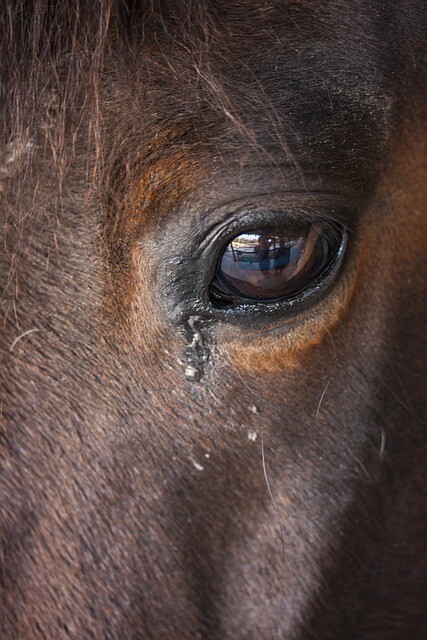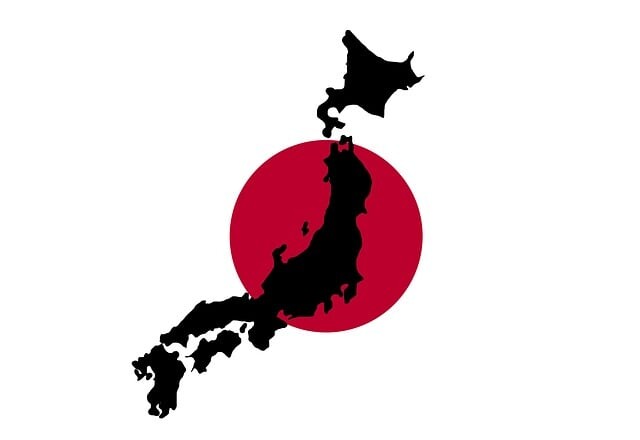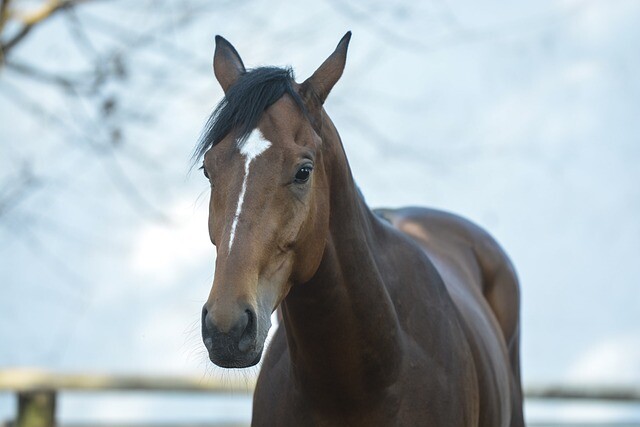Melbourne Cup Odds Explained: What They Mean and How to Use Them
The Melbourne Cup stands as one of Australia’s most anticipated sporting events, drawing in seasoned punters and casual spectators alike. During this high-stakes race, betting becomes part of the excitement, and understanding the odds is a key part of joining in. These numbers do more than calculate potential returns—they represent how bookmakers and the market assess each horse’s chance of winning.
Whether you’re backing a favorite or eyeing a long shot, knowing how to interpret odds gives you a clearer picture of where your money is going. It adds purpose to your picks and gives you an edge beyond pure guesswork.
Read on to understand exactly what Melbourne Cup odds mean and how to use them to place smarter bets.

Types Of Betting Odds (Decimal vs Fractional vs American)
Understanding how odds are presented is a key part of knowing what you’re betting on. The format can vary depending on where you’re placing your bet, and it affects how you interpret potential payouts.
To make things clearer, the following are the three most common odds formats you’re likely to come across:
- Decimal odds (most common in Australia): These are straightforward and easy to calculate. A horse listed at 4.00 means a $1 bet would return $4 (including your stake). So, if you bet $10, you’d get $40 back if the horse wins.
- Fractional odds (Common in the UK): Written like 3/1 (spoken as “three to one”), this means you’ll earn $3 profit for every $1 you bet. A $10 bet returns $30 profit plus your $10 stake, totaling $40.
- American odds (rare in Australia): These appear as +300 or -150. A positive number shows how much you’d win on a $100 bet, while a negative number shows how much you need to bet to win $100.
If you’re comparing odds or trying to make sense of different formats, it helps to use a reliable source. A platform that provides Melbourne Cup odds along with expert tips, betting guides, and historical results can save time and make the betting process clearer—especially when switching between bookmakers.

How to Read and Understand Melbourne Cup Odds
Before placing a bet, it helps to understand what the odds are actually saying. They don’t just reflect potential payouts—they offer insight into how likely a horse is to win based on market expectations. This is especially useful when reviewing prices on online bookmakers in the lead-up to the Melbourne Cup.
To help clarify what you’re looking at, the following are key odds-related concepts and how they apply to a race like the Melbourne Cup:
- Short odds: These indicate a favorite. A horse priced at 2.30, for example, is considered more likely to win, so the payout is lower. If a top contender in the final 24 horse Melbourne Cup field opens at that price, it signals strong market confidence, often tied to form, barrier position, or performance in lead-up races like the Cox Plate or Caulfield Cup.
- Long odds: Horses priced at 20.00 or more are considered less likely to win. A runner might sit at 26.00 due to recent poor form, a wide barrier draw, or uncertain fitness. These long shots—or “roughies”—have caused major upsets in the past, including Prince Of Penzance in 2015.
- Each-way bets: This option splits your stake into two: one half goes on the horse to win, the other on it to place (usually top 3 or 4). It’s a useful choice in a big field like the Melbourne Cup, where even horses at longer odds can finish strong at Flemington Racecourse.
- Market favorites vs roughies: In major horse racing events like the Cup, betting trends often favour horses with high public support. But history shows that favourites don’t always deliver—Makybe Diva was an exception, not the rule. Be open to studying race day movements rather than just relying on early hype.
Understanding odds from this angle gives you more than just a number—it helps you interpret confidence, risk, and return. This kind of context is especially helpful when comparing fixed odds across online bookmakers during the Melbourne Cup Carnival, where shifts can happen fast in the market.
How to Use Odds to Make Informed Bets
Odds can point you in the right direction, but the real edge comes from context. When a horse’s price looks appealing, consider whether there’s relevant information that supports or undermines the number. Sometimes, a shift in stable tactics or a change in gear adds enough upside to warrant the risk.
The same principles apply when you bet on sports in general—timing, research, and market awareness all play a role. Early markets might offer higher odds before trends form, while late betting gives you more data but often reduced prices. Knowing when to strike depends on how confident you are in your research and how the market has responded during race week.
Lastly, use odds to weigh your betting options based on probability rather than gut feel. You’re not just choosing which horse to back—you’re deciding if the potential return justifies the risk. Viewing odds as price tags helps you think in terms of value instead of hype.
Final Thoughts
Understanding Melbourne Cup odds helps you get more out of the race—whether you’re betting seriously or just joining in for fun. From reading decimal numbers to spotting value and tracking market movement, odds give you a clearer picture before the horses even take off. Take the time to read them properly, and you’ll feel more confident with every bet you place.
 The history books still record that, on May 26, 1880, the unbeaten 2/1 favourite Bend Or, ridden by Fred Archer, edged out Robert The Devil, ridden by Edward Rossiter, to win the Derby by a head. However, shortly afterwards, a rumour began to circulate that Bend Or was not, in fact, Bend Or, but another three-year-old chestnut colt, named Tadcaster. Like Bend Or, Tadcaster was homebred by Hugh Grosvenor, First Duke of Westminster, at his Eaton Stud in Cheshire and, like Bend Or, was sired by the 1873 Derby winner Doncaster, but out of a different dam.
The history books still record that, on May 26, 1880, the unbeaten 2/1 favourite Bend Or, ridden by Fred Archer, edged out Robert The Devil, ridden by Edward Rossiter, to win the Derby by a head. However, shortly afterwards, a rumour began to circulate that Bend Or was not, in fact, Bend Or, but another three-year-old chestnut colt, named Tadcaster. Like Bend Or, Tadcaster was homebred by Hugh Grosvenor, First Duke of Westminster, at his Eaton Stud in Cheshire and, like Bend Or, was sired by the 1873 Derby winner Doncaster, but out of a different dam. Nowadays, the Japan Cup is one of the most prestigious and valuable races not just in Japan, but anywhere in the world; in terms of international appeal, is often mentioned in the same breath as the Prix de l’Arc de Triomphe and the Melbourne Cup. At the last count, the total prize money was in excess of ¥1 trillion, or just over £6 million, with ¥500,000,000, or £2.78 million, going to the winner.
Nowadays, the Japan Cup is one of the most prestigious and valuable races not just in Japan, but anywhere in the world; in terms of international appeal, is often mentioned in the same breath as the Prix de l’Arc de Triomphe and the Melbourne Cup. At the last count, the total prize money was in excess of ¥1 trillion, or just over £6 million, with ¥500,000,000, or £2.78 million, going to the winner. Inaugurated on September 26, 1987, the Festival of British Racing was a forerunner of British Champions’ Day at Ascot. However, the Festival of British Racing was a far cry from the star-studded meeting that, since 2011, has marked the finale of the British Flat racing season. It featured just one solitary ‘championship’ race, the Queen Elizabeth II Stakes, which was upgraded to Group One status for the first time in 1987. The supporting card did include the Group Two Diadem Stakes, which would become the British Champions Sprint in 2011 and upgraded to Group One status in 2015, but the only other Pattern race, the Group Three Cumberland Lodge Stakes, was not included in the British Champions Day programme.
Inaugurated on September 26, 1987, the Festival of British Racing was a forerunner of British Champions’ Day at Ascot. However, the Festival of British Racing was a far cry from the star-studded meeting that, since 2011, has marked the finale of the British Flat racing season. It featured just one solitary ‘championship’ race, the Queen Elizabeth II Stakes, which was upgraded to Group One status for the first time in 1987. The supporting card did include the Group Two Diadem Stakes, which would become the British Champions Sprint in 2011 and upgraded to Group One status in 2015, but the only other Pattern race, the Group Three Cumberland Lodge Stakes, was not included in the British Champions Day programme.